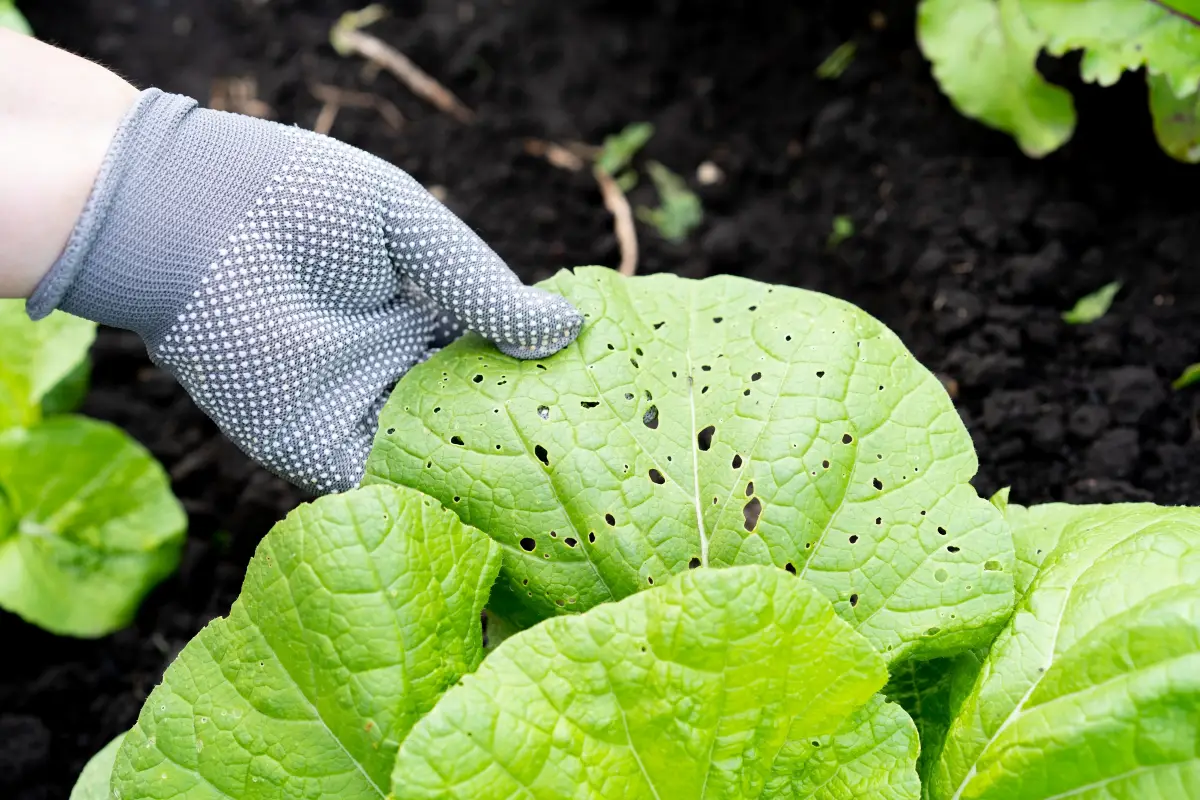Effective Insect and Disease Control for Vegetable, Herb Gardens, and Landscapes

Maintaining a healthy garden requires vigilance and effective strategies to manage pests and diseases. In Nashville, TN, gardeners face various challenges, from insect infestations to fungal diseases. Here’s a comprehensive guide to help you protect your vegetable, herb gardens, and landscapes.
Common Garden Pests and Their Control
Aphids
- Description: Small, sap-sucking insects that weaken plants and transmit diseases.
- Control Methods: Introduce natural predators like ladybugs, use insecticidal soap, or apply neem oil.
Caterpillars
- Description: Larvae of moths and butterflies that chew on leaves and stems.
- Control Methods: Handpick caterpillars, use Bacillus thuringiensis (Bt) sprays, or introduce parasitic wasps.
Slugs and Snails
- Description: Mollusks that feed on foliage, leaving irregular holes.
- Control Methods: Use beer traps, diatomaceous earth, or copper barriers.
Disease Prevention and Management
Powdery Mildew
- Description: A fungal disease causing white, powdery spots on leaves.
- Prevention: Ensure good air circulation, avoid overhead watering, and apply fungicidal sprays if necessary.
Blight
- Description: A disease causing dark spots on leaves and stems, often affecting tomatoes and potatoes.
- Prevention: Rotate crops, avoid planting in wet conditions, and use resistant varieties.
Root Rot
- Description: A fungal disease that affects the roots, leading to plant wilting and death.
- Prevention: Ensure well-drained soil, avoid overwatering, and apply fungicides if needed.
Organic Pest Control Methods
Companion Planting
- Description: Planting certain plants together to repel pests and enhance growth.
- Examples: Marigolds deter nematodes; basil repels aphids and mosquitoes.
Natural Predators
- Description: Introducing beneficial insects that prey on garden pests.
- Examples: Ladybugs, lacewings, and predatory beetles.
Homemade Sprays
- Description: Using household ingredients to create effective pest control solutions.
- Examples: Garlic spray, chili pepper spray, and neem oil.
Integrated Pest Management (IPM)
Monitoring and Identification
- Description: Regularly inspecting plants to identify pests and diseases early.
- Techniques: Use yellow sticky traps, inspect leaves, and check soil moisture levels.
Cultural Practices
- Description: Implementing gardening practices that reduce pest and disease risks.
- Examples: Crop rotation, proper spacing, and mulching.
Biological Controls
- Description: Using natural predators and pathogens to control pest populations.
- Examples: Parasitic wasps, nematodes, and microbial insecticides.
Maintaining a Healthy Garden
Soil Health
- Description: Healthy soil supports robust plant growth and reduces disease susceptibility.
- Tips: Add organic matter, test soil pH, and use appropriate fertilizers.
Water Management
- Description: Proper watering techniques prevent water stress and disease.
- Tips: Water early in the morning, use drip irrigation, and avoid overhead watering.
Sanitation
- Description: Keeping the garden clean to minimize pest and disease outbreaks.
- Tips: Remove dead plants, clean tools, and dispose of diseased plant material.
Conclusion
Effective pest and disease control in vegetable, herb gardens, and landscapes requires a combination of prevention, monitoring, and treatment. By using organic methods and integrated pest management strategies, you can maintain a healthy and productive garden. Nature's Best in Nashville, TN, provides the tools and expertise to help you achieve a thriving garden free from pests and diseases.


